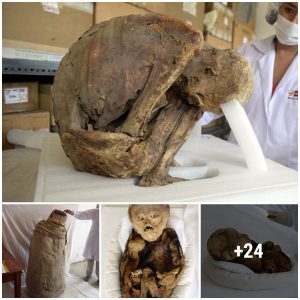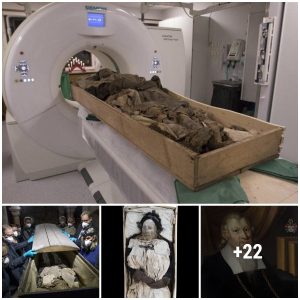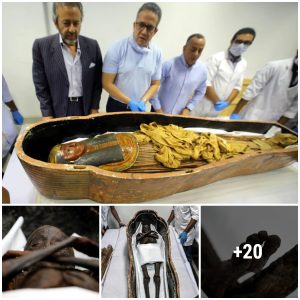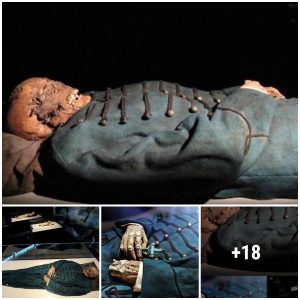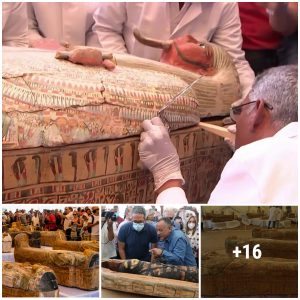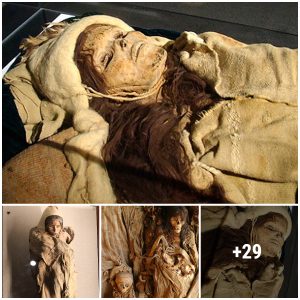During the excavations in the ancient city of Caesarea Germanicia in the southern Turkish province of Kahramanmaraş, a mosaic describing an open-air feast where three women are dancing to music has been unearthed. The mosaic is believed to date back to 1,500 years

Safinaz Acıpayam, the director of the Kahramanmaraş Museum and who is also the head of the excavation, stated that they found a magnificent mosaic, saying, “We think that the mosaic was probably an open-air banquet before the hunt.”
The seventh year of archaeological excavations in Germanicia, located in the city’s Bağlarbaşı neighbourhood, has come to an end.
During the excavations, the remains of 1,500-year-old architectural structures and baths, as well as the mosaic measuring 50 square metres, have been found.
Acıpayam said that within the borders of the ancient city of Germanicia, archaeological remains have been identified in 35 different areas so far and that works in seven of them were carried out under the presidency of the Kahramanmaraş Museum Directorate.

“During the excavations, a 50 square-metre mosaic, which is the continuation of the previous mosaic we discovered, was found. Some architectural structures and remains of baths were found in the same area. The mosaic is a truly magnificent one. We think it is depicting an open-air banquet.
We unearthed a mosaic, consisting of two panels, during our excavations in 2015, and there were hunting scenes on this mosaic. The panel we found during the 2021 excavations is actually a continuation of this mosaic from 2015, and we think it was probably an open-air banquet before the hunt. There are two couples sitting in the centre and three women dancing to the music. There are also two male figures making presentations. There is also the figure of a barefoot little boy climbing a fig tree,” she said.

Stating that the excavations will continue in the area where the mosaic is located, Acıpayam said: “Excavations have not been carried out in the entire area, we plan to continue the excavations in the same area in 2022. At the end of 2022, we plan to open the area, where the excavations were carried out, in line with the permissions of the General Directorate of Cultural Heritage and Museums. We would like to thank the Culture and Tourism Ministry and all institutions for their support.”
In the examination of the floor mosaics, which were unearthed during the illegal excavation of a house in the Bağlarbaşı district in 2007, it was determined that the mosaics belonged to the ancient city of Germanicia, which was founded in the first century AD.

The existence of the ancient city had been known for years, but its traces had not been discovered until 2007. Works on the ancient city were initiated by the Kahramanmaraş Museum Directorate.
Expropriation works started in the ancient city in 2008 and archaeological excavations started in 2009. Until today, mosaics and ruins from the fourth and sixth centuries have been found.
The ancient city covers the entire Dulkadiroğlu, Bağlarbaşı, Şeyhadil and Namık Kemal neighbourhoods and a part of the Kanuni district.
In 2014-2015, a walking platform was built around the mosaic area with a temporary protection wall and roof. After restoration and conservation processes were carried out on the mosaics, the area was opened to visitors for free.

The social life in the era was featured by mosaics, which covered the floors in the late Roman era. The mosaics entered the archaeology literature in the multi-language publication of the World Mosaic Unions and increased the importance of the region.

